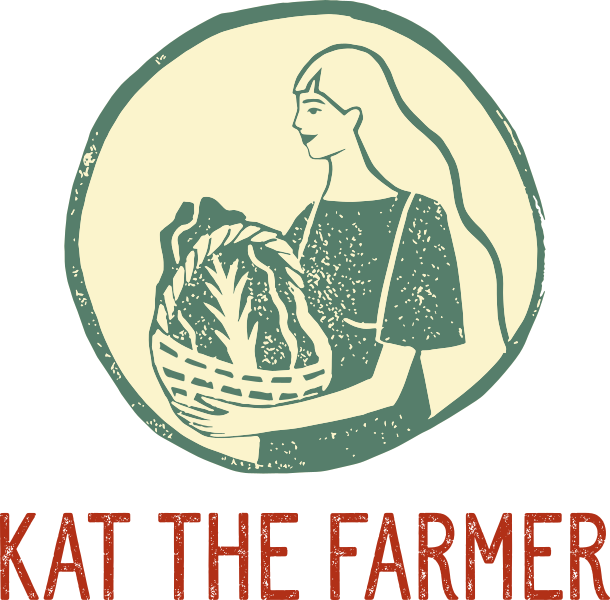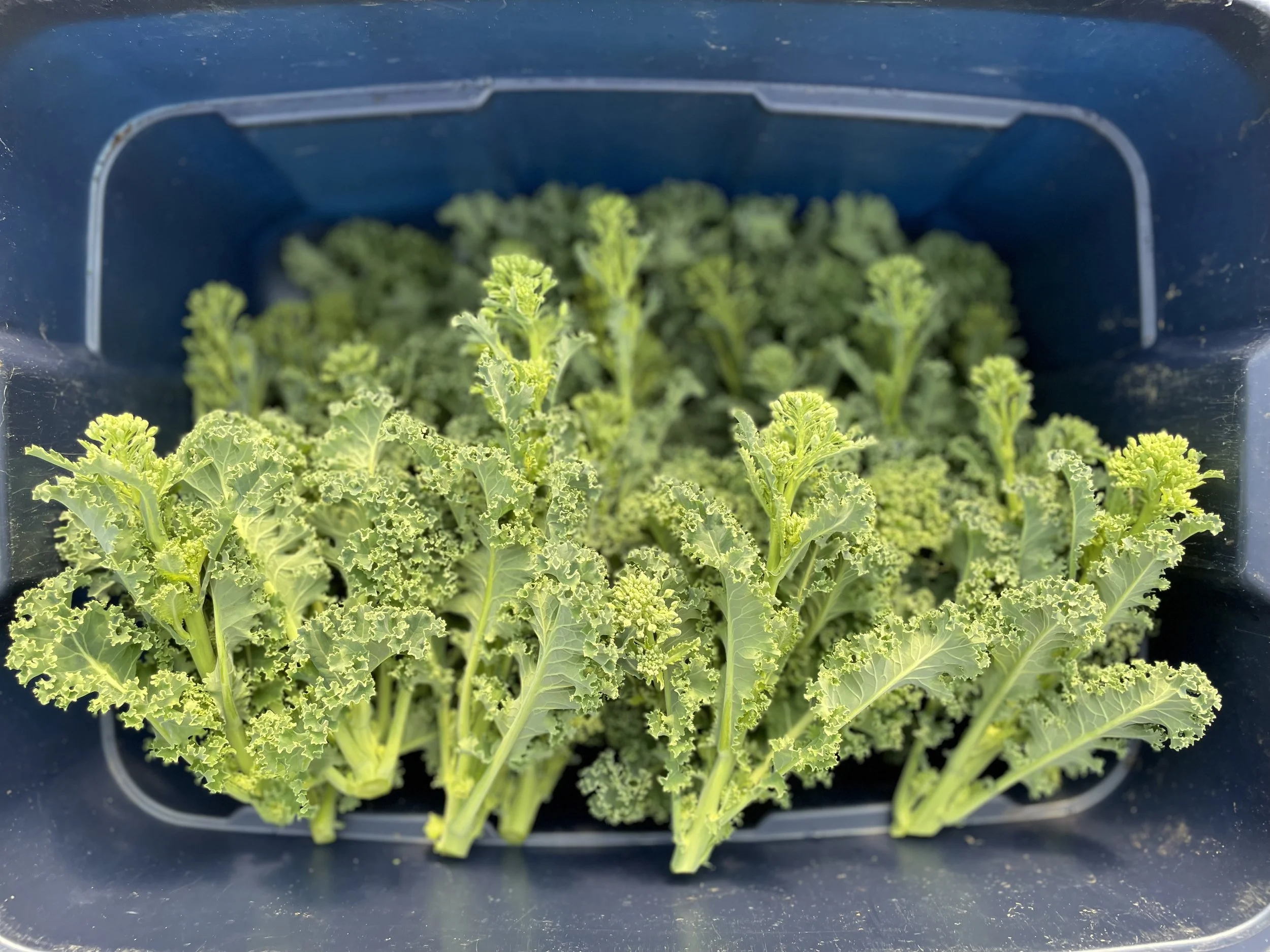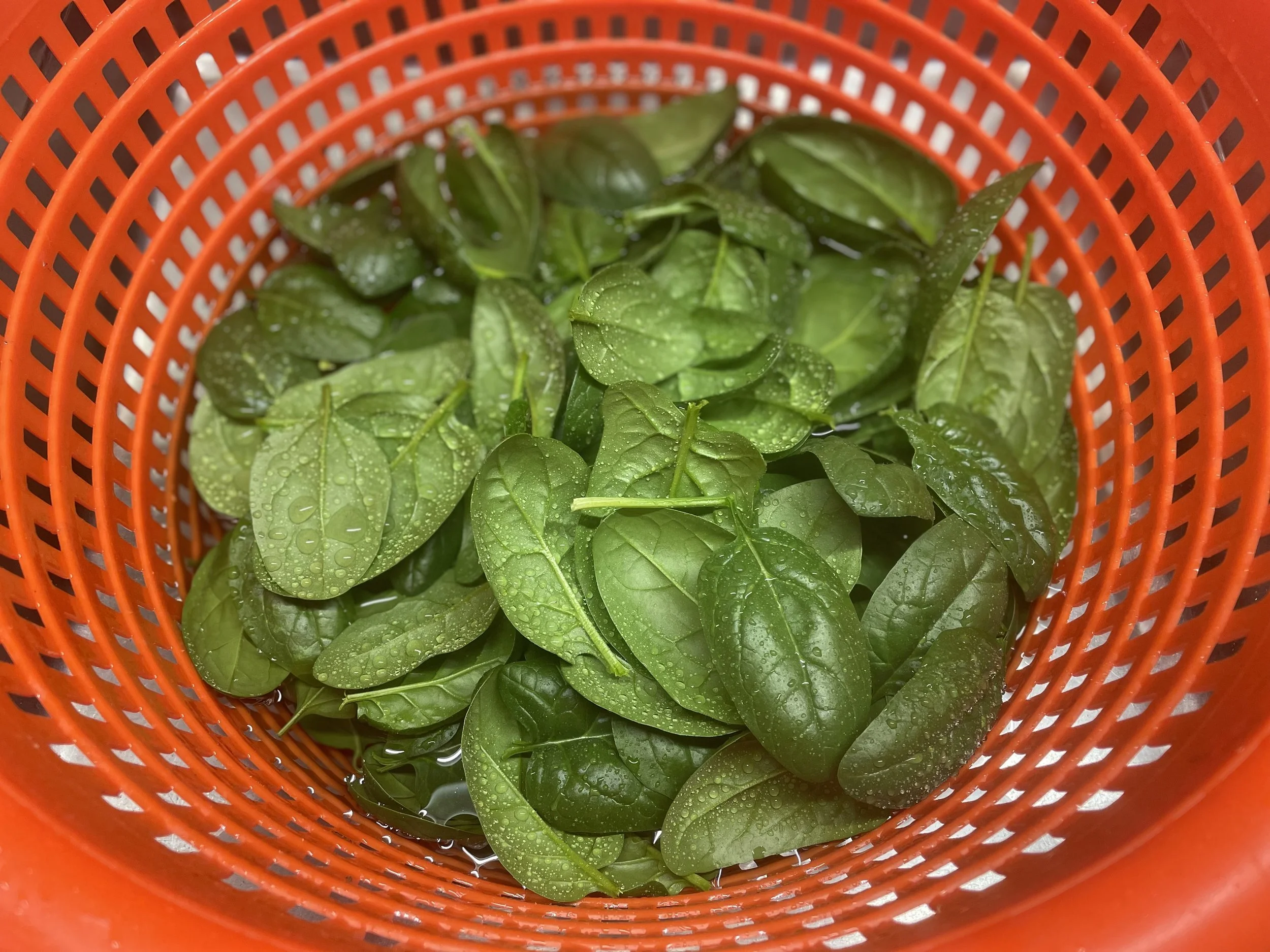Seasonal Eating: A Farmer’s Take
I’ve been thinking a lot about what it means to eat seasonally lately. Sometimes I think the term can be misused or minimized into something “not buying tomatoes in winter”. But it is so much more intricate and delicious than that. I think that being a farmer gives me a special lens with which to look at these intricacies, and it’s privilege to be so in tune with the crops and their seasons and flavors.
As my farmer’s market customers shop each Saturday they get a taste of the season in each salad bowl or meal they create with what they purchase. Buying local, from a farmer can mean that you are inherently eating with the season. But is there more to it?
Let’s dive in to what seasonal eating means, from a farmer’s perspective.
Yes, of course seasonal eating means eating what is currently available, in season and peak ripeness and avoiding things that aren’t available locally, nationally, or in your hemisphere let’s say…
But also seasonal eating means that sometimes, from week to week your diet may not shift very much, but from month to month you’ll see big shifts in whats on the menu!
And it can also mean having a farmer who is great at growing and storing fall harvested root crops for eating all the way up through late winter and spring. Does that count as seasonal eating? You betcha! Im talking carrots, sweet potato, squash, turnips, radish, rutabaga, potato, or even a farmer who froze a delicious crop at peak season for later.
Seasonal eating also means you might be connected with a good many local farmers, all specializing in their specific crop list, sending out newsletters like I do to let you know what is fresh before the season slips by so you can take advantage of all the best flavor! Some crops are only available for a week or two, meaning it may only hit a single market day on the calendar.
Seasonal eating can also exist within mini seasons- for instance with spinach. The overwintered spinach we harvested in spring was so sweet (almost candied!), and the spring seeded baby spinach was so crunchy, and the later season spinach as it warms up starts to be larger and more delicate, all a range of flavors. Make that even more different when you consider the first cutting of any plant is always different from the last. Soon the spinach season will finish up and I’ll be glad I cooked and froze all the overgrown plants for use in future meals and dips. Oh and sometimes one bed just does better, grows better and tastes different than the exact same crop on the other side of the farm at the same time.
Seasonal eating can mean taking advantage of farm by-products like scarred fruits, creative uses for pest-bitten crops, extra bushy broccoli leaves that needed to be pruned back, or pickling all the green tomatoes left at the end of the long season.
I have to admit I cringe sometimes when a shopper comes to my booth and asks if anyone is selling cilantro today (for example) and I say, “no I don’t have it today, sorry!” and I hear them wander off saying “oh well, it must not be in season!”. But that’s not really the reason. In this example it is frustrating because cilantro can be grown all year, just because you don’t see it at market doesn’t mean its not in season-
maybe all the farmers missed a seeding coincidentally, or
maybe there was a weather event that wiped it out, or
maybe nobody likes to grow it,
but honestly you can grow cilantro almost any time of year, and ironically it grows best in the winter (when there are no tomatoes or jalapenos in season…)
My best advice is to talk with your farmer, read their newsletter, taste their products, shop different markets and get to know what the growers are good at. Ask them what is especially nice that week because you may find our about a mini season that you don’t want to miss.



